|
By Kim Stanley, COAST Safe Routes to School Coordinator
At Carpinteria Open Streets three youth on bikes caught my eye. They were comfortable in the saddle, helmets properly fitted and appeared to be close friends. I wondered if COAST’s educational programs at the Carpinteria elementary schools had any influence on these kids’ biking knowledge so I asked them a few questions. Soren Fourquean remembers when he participated in the 4th grade bike rodeo- he remembers the stop signs and riding right, but points out that his grandmother was the one who taught him all about bike safety. Diego Nieves remembers the “Bici Familia- Family Bike Night” (a COAST/SB Bike Partnership) at Aliso School where he got a free tune-up for his bike and rode the bike courses, but also states his key influences were his grandparents. Ivan Vargas does not remember any formal bike training. He learned on his own and cannot specifically remember being taught about the rules of the road, he “just knows them!” When asked if they could choose to get to school in any way possible, what mode would they choose, they all three said: BIKE. They all alluded to biking being fun, feeling the wind in your face, healthy, that biking was good for the earth and that it was fun to bike with friends. We talk about these reasons a lot in the Safe Routes to School program, but these boys didn’t just know it intellectually, they were living it. I think that’s why they caught my eye. As much as I wanted the evidence to point to the Safe Routes to School program, it turns out there were many factors involved, including their experience with Safe Routes to School and Bici Familia, but also- adult family members, quiet, safe streets, places that are easy to get to, friends close by and the wind on their faces. It makes sense! As we move forward encouraging our youth to use active transportation we cannot rely on any one method to shift transportation choices. The solution is “complete streets” and education combined. To find out about upcoming Safe Routes to School events visit http://coast-santabarbara.org/safe-routes-to-school/calendar/ 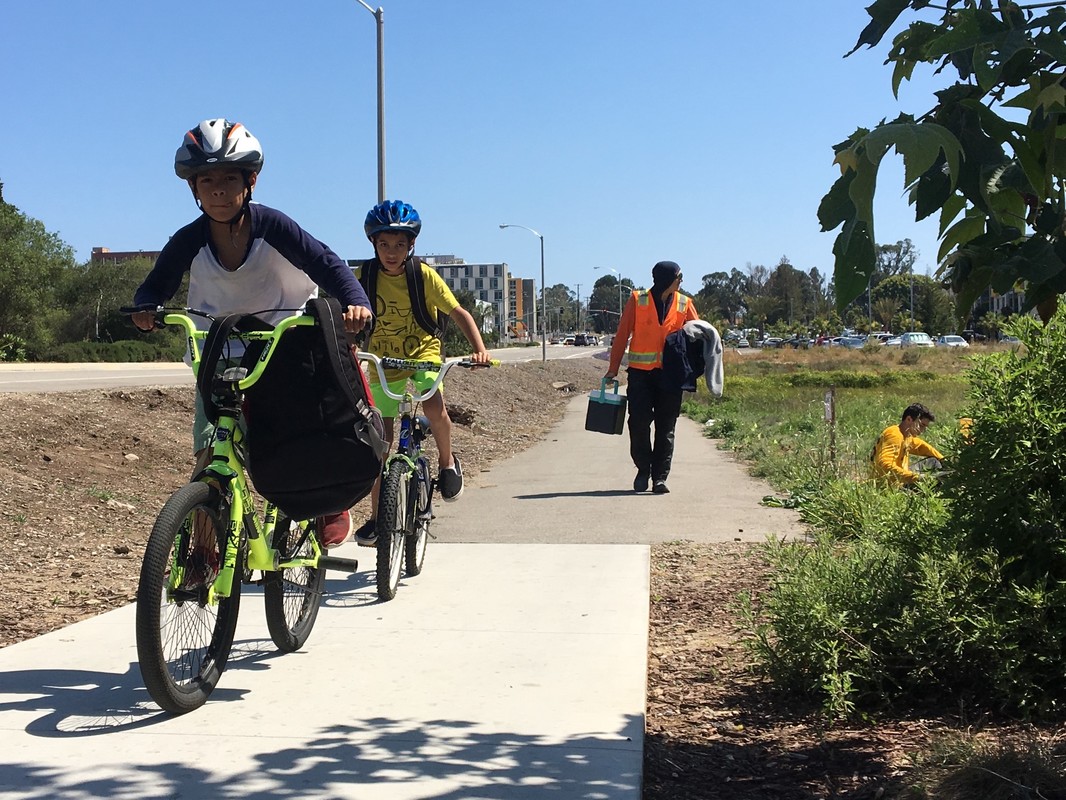 Slated for removal: Isla Vista Elementary students and a pedestrian make use of a class I bike path to be removed in the proposed road widening project. Slated for removal: Isla Vista Elementary students and a pedestrian make use of a class I bike path to be removed in the proposed road widening project. By Alex Pujo, COAST Advisory Board Member The City of Goleta’s proposal to widen Storke Road south of Phelps to complete a full-blown arterial from El Colegio to Hollister caught local residents and sustainable transportation activists flat footed. Are cities still addressing the transportation needs generated by new developments by widening streets? Really? Doesn’t current State law now require the study of vehicle miles travelled (VMTs) instead of the old-fashioned level-of-service analysis in the consideration of proposed projects and mitigations? Many of us thought that these “capacity improvements” that defined the 1960-80’s concept of transportation planning had gone the way of bell bottoms and shoulder pads. The trend has been in the direction of “road diets” (eliminating traffic lanes in favor of bike lanes and wider sidewalks) as done on upper De La Vina and Chapala streets, the top of Milpas, lower Cliff Drive, Shoreline and elsewhere. It is troublesome when a road widening project is seen as a solution for an area where bicycle use is the number one mobility choice for a large segment of the population. Particularly egregious is the proposed removal of a bike path currently used by children and their parents on their way to Isla Vista Elementary School. Its replacement with bike lanes painted on the roadway is not an acceptable solution, especially when the road itself will become more dangerous and fast in a four-lane configuration. “If you build it, they will drive” –a simple way to describe the effects of encouraging automobile use, and discouraging walking/biking. How safe is a bike lane painted on a fast, four-lane road compared to a separated bike path? Would you let your children use it, or would you feel compelled to drive them to school –thus adding to the problem? Safety, especially the safety of children, should take precedent over automobile convenience. A degree of congestion –the ‘lead car’ slowing down the rest- is an acceptable alternative to the denial of a whole generation of future cyclists. Storke Road is an area where bicycle access has historically been prevalent. We believe that a complete re-evaluation of this project is in order. Please share your thoughts with your Goleta officials. Project webpage: http://www.cityofgoleta.org/projects-programs/road-improvements/storke-road-widening 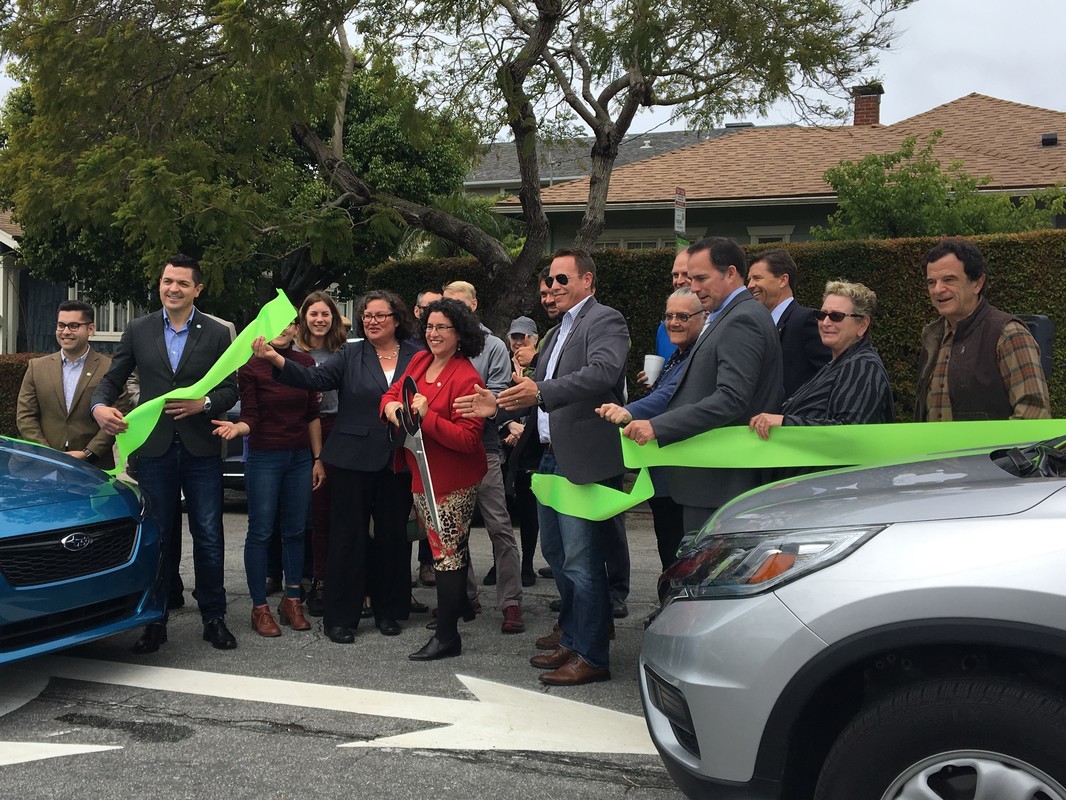 City of Santa Barbara Mayor, Helene Schneider cuts the green ribbon commemorating the launch of the city's Zipcar carsharing program on April 18, 2017. The author is pictured second from the left. City of Santa Barbara Mayor, Helene Schneider cuts the green ribbon commemorating the launch of the city's Zipcar carsharing program on April 18, 2017. The author is pictured second from the left. By Deborah Schwartz, City of Santa Barbara Planning Commissioner The new “sharing economy” is defined as “collaborative consumption as a phenomenon is a class of economic arrangements in which participants mutualize access to products or services, rather than having individual ownership.”1 Those are a lot words to describe what is part of a socio-economic paradigm shift. It is made possible due to virtualization and cloud services in the tech sector, and it is irreversibly changing our way of life. I sat down with transportation experts, Rob Dayton and Peter Brown from City of Santa Barbara Transportation Planning, to discuss this paradigm shift and the new Carshare Vehicle Permit Program. The Program was enacted by the City Council after significant research to determine community interest, contracting with Zipcar after vetting their track record and flexible capacity to ramp up and down the number of Zipcars deployed around the city, based on usage. Zipcar, based in Boston, has 1 million “members” (enrolled users), and 12,000 vehicles worldwide! There are approximately 80-100 members using athe Zipcar, typically within a 10-15 minute walk from a site. The transportation paradigm shift also reveals that on average for each carshare user who owns one car, that car is often “shed”; an owner has two cars, one car is “shed”. The term being used for this phenomenon is vehicle shedding or displacement. Zipcar makes/models are Subaru Impreza, Honda Fit, and Honda CR-V. Curbs will be painted and signs posted to designate the “home base” for each vehicle. To start Zipcar vehicles will be located at City parking lots 6 (Granada garage) and 10 (lot at Ortega and Anacapa), Amtrak Depot lot, Cottage Hospital garage, and the corners of Sola and De la Vina, Figueroa and Chapala, De la Guerra and De la Vina, Micheltorena and San Andres, and Milpas and Gutierrez. Zipcar will monitor and evaluate usage to, in partnership with the City, identify optimal locations. Zipcar offers business and residential memberships, so the hope is that local businesses will offer this carsharing option to employees. More information is coming through City water bill inserts, online City News In Brief, etc. Go to www.zipcar.com to learn more or to join Zipcar. 1: en.wikipedia.org/wiki/Sharing_economy |

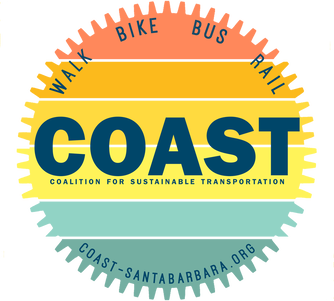
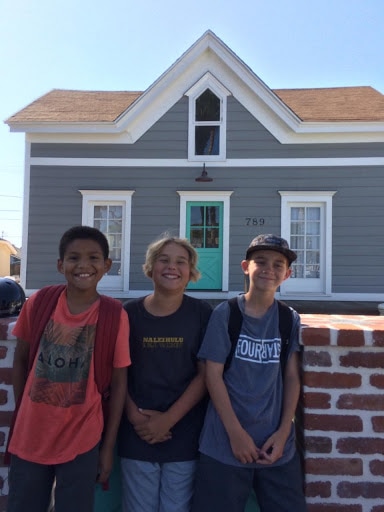
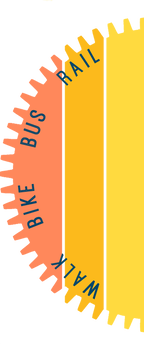
 RSS Feed
RSS Feed
